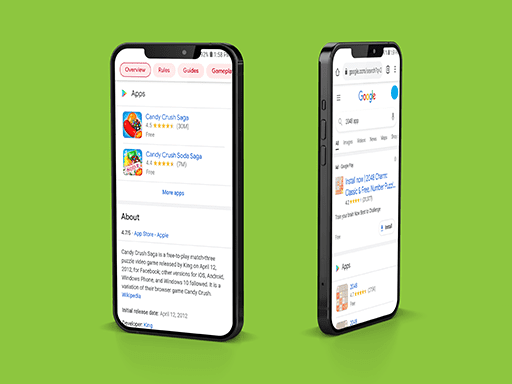Google offers a variety of different extensions that can add value to your text ads, depending on your business needs. We’ve listed each of the extensions below, alphabetically. For each extension we will cover:
- What the ad extension does
- The information you need to implement it
- When to use this extension
- How to optimize the extension
Let’s get started!
Google Ads Extensions

1. App Extension
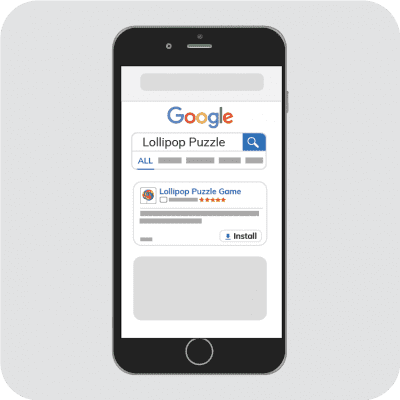
What is the App Extension?
Link to a mobile or tablet app from your text ad. Clicking on the headline will go to your website, clicking on the link will go to the app (in the app store or Google play store). Only one app extension can be displayed per text ad.
What You Need for the App Extension
A mobile app on the Google Play or Apple App Store. The package name (Android) and/or App ID (iOS) for your app. The URL of the page within the app store where users can learn more about the app or click to install.
When to Use the App Extension
If you are a retailer whose purchases are best made through an app. These are typically large retailers – Target, Kohl’s and Home Depot all have popular apps.
How to Optimize the App Extension
With any mobile-first advertising, you should test, test, test. Mobile placements can provide a valuable source of leads and conversions, but they can also drive up spend drastically if not correctly optimized. Also, if your app does not function on every OS, make sure you’re not displaying the extension on phones that will not support the app!

2. Call Extension
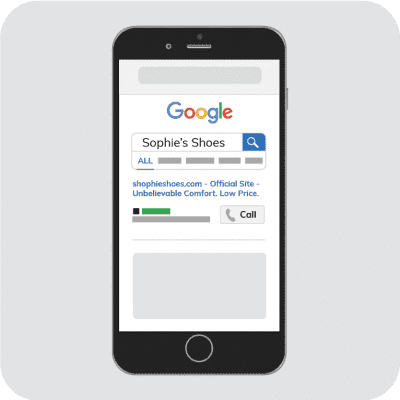
What is the Call Extension?
Add a phone number or call button to your ads. You can set business hours to show when you take calls. On mobile, shoppers can call your number directly from the text ad. Google may automatically set up this extension if you have a phone number on your site and if one of your business goals includes calls.
If you try to include a phone number elsewhere in your ad, your ad may be disapproved.
What You Need for the Call Extension
A phone number. If you want, you can enable call reporting at the account-level. Also choose if you want to count calls as conversions. Under “device preferences”, select “mobile” if you want to optimize for mobile devices. Under “advanced options” you can set your business hours or days of the week.
When to Use the Call Extension
If your business is predominantly lead-based or relies heavily on phone sales. Many luxury retailers (including jewelry retailers) fall into this category, as do some big-ticket or highly-specialized retailers like industrial suppliers.
How to Optimize the Call Extension
Third-party call tracking is a must with this extension. Software like Call Rail can help you attribute phone calls and sales to online advertising – crucial for a profit-based strategy. If third-party tracking simply isn’t an option, be prepared to determine an assumption of incremental lift.

3. Callout Extension
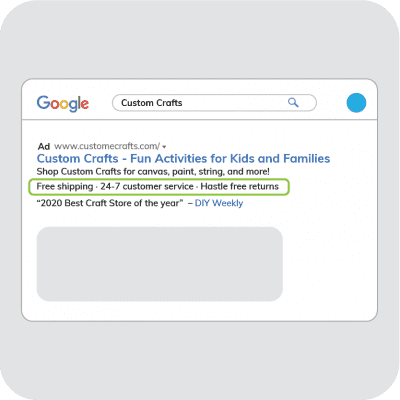
What is the Callout Extension?
Highlight additional business offerings like free shipping, Made in the USA, Family Owned, Free Returns etc. Shows 2-6 callouts below your original ad text. The callout ad extension can show at the top or bottom of Google search results.
What You Need for the Callout Extension
Selling points that are less than 25 characters long. Search Network Campaigns and/or Search Network Campaigns that are opted into the Display Network. Specific times of day, or of the week if you want the extension to show only then.
When to Use the Callout Extension
Every retailer should leverage these in their paid search program. These extra callouts make the advertising larger, and give retailers an important opportunity to promote sales or unique selling points.
How to Optimize the Callout Extension
A/B testing is highly valuable for this extension. We recommend providing Google with six different callouts, and tracking the relative performance of each one. As winners become apparent, swap out lower-performing text for new callouts.

4. Location Extension
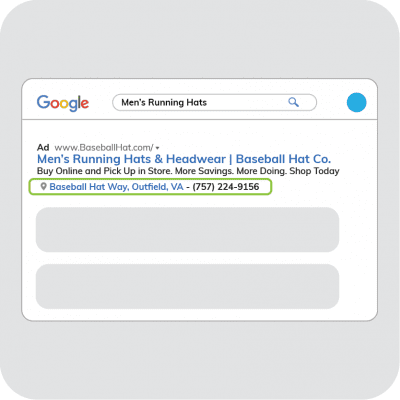
What is the Location Extension?
The location extension will display your store location, OR a map to the location, OR the distance to the location (i.e. 1.5 miles). Shoppers can click the link to go to a details page with more information about your business such as location, phone number, hours, photos, and directions. You can also include a call button or phone number. These ads can show on Search, Display, Google Maps, and on Youtube.
Affiliate Location Extension: Help shoppers find retail stores that sell your products. Instead of your location, the address will be the nearest retailer that sells your product (either as an address or on a map).
What You Need for the Location Extension
For the location extension, you will need to link to a Google My Business account. For the affiliate location extension, you do not need to link to Google My Business account to use this extension. To control which affiliate locations show for certain campaigns or ad groups, simply make a new affiliation extension for that campaign or ad group.
When to Use the Location Extension
If you have a brick-and-mortar location, you should have location extensions enabled. Likewise, if you’re a manufacturer, you should add affiliate extensions for all retailers that sell your products.
How to Optimize the Location Extension
A/B testing is highly valuable for this extension. We recommend providing Google with six different callouts, and tracking the relative performance of each one. As winners become apparent, swap out lower-performing text for new callouts.In addition to location extensions, you should consider setting up local inventory ads to show which products are available at locations close to the searcher.

5. Price Extension
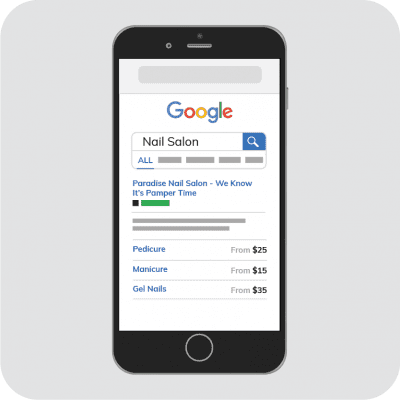
What is the Price Extension?
Showcase the price of services and products with up to 8 links to your site. The price extension lets you highlight key offerings – so that shoppers can go to webpages that interest them instantly.
What You Need for the Price Extension
The products/services you want to highlight and their prices. Think about what products shoppers will want to see associated with your ad. For example, if your keywords target shoppers who are looking for “duvet covers” – they may not want to see more information on quilts and throw blankets.
You will need to enter the language of the ad and the currency you are selling the product in — since these ads are only eligible to serve in select countries. You must also include the header, price, description, and URL for each product, with a minimum of 3. Extension headers can be up to 25 characters. Descriptions can also be up to 25 characters.
When to Use the Price Extension
If you have time to dedicate to making these extensions correspond to your ad groups, and keeping them up-to-date. This can be a tall order if you have a vast product catalog or run highly-specific campaigns, so choose wisely.
How to Optimize the Price Extension
These extensions should correspond closely to your keywords. Don’t list prices for cat litter if the ad group contains search terms like “buy dog food.” Try running these extensions in ad groups that target successful Google Shopping search terms. You’ll have a solid idea of which products to target, since the terms are likely specific.

6. Seller Rating Extension
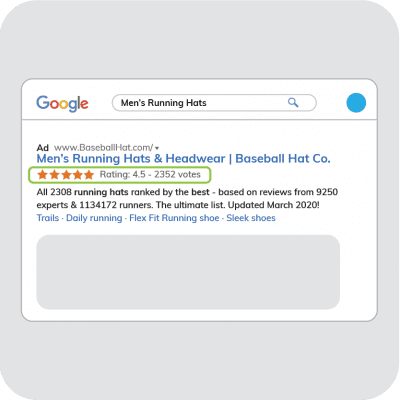
What is the Seller Rating Extension?
The seller rating extension includes a rating out of 5 stars, the number of ratings, and a qualifier (e.g. customer service) that highlights what the rating is for (when available). Reviews can come from Google Customer Reviews or from other third-party review-sites, like TrustPilot. How effective is this extension? Check out our blog: Measuring the Economic Value of the Seller Rating Extension.
What You Need for the Seller Rating Extension
To the seller rating extension you must meet one of the following criteria:
- 100 unique reviews for the country your ad is serving in from the last 12 months (either on Google Customer Reviews or third-party review partners. )
- Google has completed a research evaluation of your site
- Google has completed an evaluation of your site via Google Consumer Surveys
You must also meet the following criteria:
- Average rating of 3.5 or more stars for Text Ads. Shopping ads can show ratings below 3.5 stars.
- The ad’s URL must match the domain with the ratings
- Reviews must be from the country the ad is advertised in
- The extension will not show if reviews are unrelated to the ad
When to Use the Seller Rating Extension
If you have good customer reviews! If you’re popular with your customers, displaying this rating provides important social proof that helps drive future sales.
How to Optimize the Seller Rating Extension
Be good to your customers! Solicit reviews from satisfied customers, and work with the occasional bad reviewer to help make things right if possible. Driving up your seller ratings offers very real benefits for your business.

7. Sitelink Extension
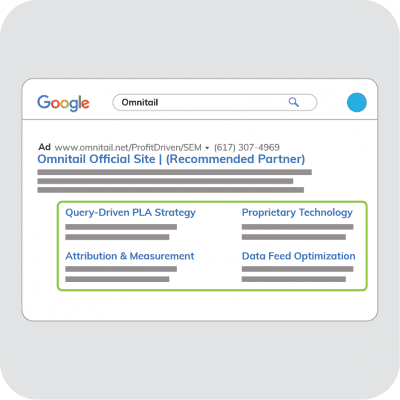
What is the Sitelink Extension?
Link shoppers directly to certain pages on your website with a description you provide by using the sitelink extension. Keep in mind that Google will automatically generate these descriptions if you do not write them in. On desktop you can show up to 6 sitelinks — for mobile the maximum number is 8. You must use a minimum of 2.
What You Need for the Sitelink Extension
When to Use the Sitelink Extension
Every retailer should enable these at some level. Like callout extensions, sitelinks add valuable screen estate to your ads, and offer additional relevant information to your potential customers.
How to Optimize the Sitelink Extension
These extensions can be added on the campaign level or the ad group level. In either case, make the links as relevant to the keywords targeted as possible. You should already be segmenting your search campaigns by category or product line at least – use this opportunity to present targeted information to the prospect!

8. Structured Snippet Extension
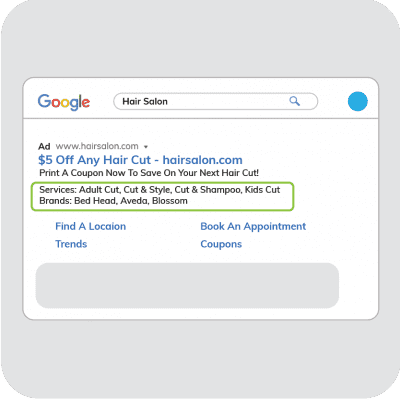
What is the Structured Snippet Extension?
The structured snippet extension is formatted with a title and then a list. For example – Services: Oil Change, Battery Repair, Brake Repair. You can show up to 2 at a time. There is a set list of headers you can use. (Amenities, brands, courses, degree programs, destinations, featured hotels, insurance coverage, models, neighborhood, service catalog, shows, styles, types).
What You Need for the Structured Snippet Extension
When to Use the Structured Snippet Extension
When the snippets are relevant to your business. Most retailers should be able to use at least the brands snippets, and as in the example below, you may have several more that make sense to enable!
How to Optimize the Structured Snippet Extension
If possible, add more than one header group (more headers = more screen estate!) You also should add several values to each header. Again, the more relevant information you can include, the more likely it is a searcher will find information that’s relevant to them and click on the ad.

That’s it for Google Ads extensions! We hope this FAQ helped you decide which extensions to use or helped you optimize your existing extensions. If you need help adding any of these extensions to your ads, don’t hesitate to reach out to us here.

